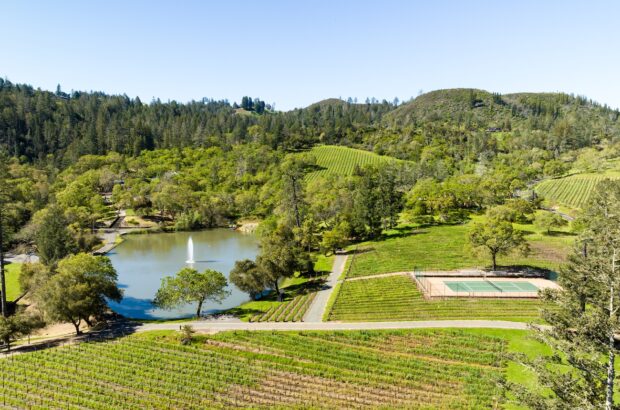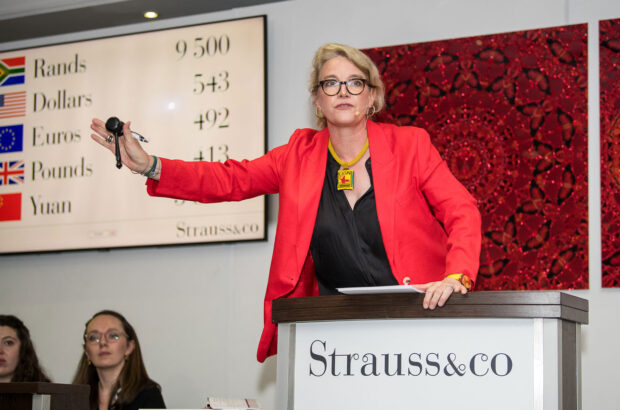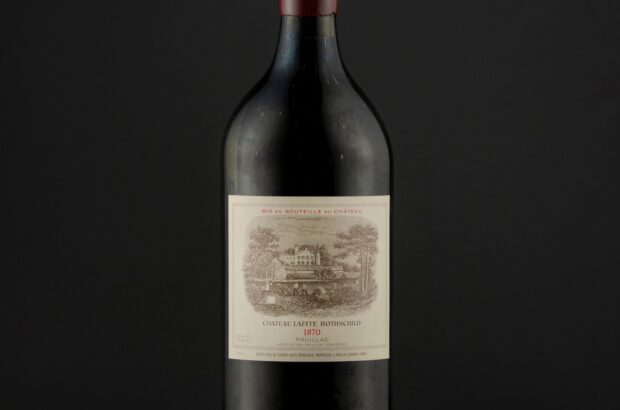Fancy a Sleeping Beauty château with your crottin? Fiona Sims picks some of the food and wine highlights of the Central and Upper Loire.
Loire Valley travel guide
Loire fact file:

Total planted area: 70,000 hectares (Muscadet, Anjou, Saumur, Touraine); 5,394ha (Centre)
Main grapes: Sauvignon Blanc, Chenin Blanc, Melon de Bourgogne (aka Muscadet), Cabernet Franc, Pinot Noir, Gamay, Grolleau
Production (2011): 4.7 million hl (Muscadet, Anjou, Saumur, Touraine); 310,000 hl (Centre)
Quick links:
– Six of the best wineries to visit
– Where to stay, shop, eat and relax
Introduction:
A tray of ham hocks smoked over vine prunings sits proudly in the window of a butcher’s shop. Furry-skinned crottins in varying stages of maturation are lined up on the cheesemonger’s counter a few doors along. And then there’s the wine – steely, flinty Sauvignon Blanc. For the food and wine tourist this is not a bad place to be. Sancerre, high on its hill in the eastern reaches of the Loire Valley, rears up above the flat fields and vast forest of Sologne. Vineyards cling to the slopes as the road climbs higher and higher, blue-shuttered houses crowding the summit. It’s a good spot to start exploring this enormous region.
Route du Vin
The Loire Valley is the largest source of white wine in France, the second-largest source of AC rosé, and the third-largest source of AC wines generally. Only Champagne produces more sparkling. But nowhere can match the Loire’s range of styles, from light, crisp Muscadets to raspberry-rich Chinons.
The Route du Vin – the Loire Wine Road – makes wine tourism a lot easier, directing drivers past meadows flanked by vineyards and hills, through sleepy villages. Visit when the wildflowers start coming through at the end of March, or hold off for the burnished leaves of autumn, when woodsmoke scents the air and grapes hang heavy on the vines. If your French isn’t up to much, single out some of the 320 Caves Touristiques where English is spoken and there’s something extra to see, whether an atmospheric cellar or a nature trail through the vines.
It’s not hard to see why UNESCO declared a 280km stretch of the Loire Valley a World Heritage site. With its cities and villages shimmering with tuffeau chalk, the region’s trademark white stone, and the glittering facades of fairytale châteaux, most open to the public, not to mention numerous cathedrals, monasteries and other historical buildings, there is much to explore.
It could take months to work our way along the Loire’s 1,000km length, and its 7,000 wine estates cultivating 70,000 hectares of vines, but we only have a few days, so we cherry-pick our way through four of the main regions: Centre-Loire, Touraine, Saumur and Anjou, beginning in Sancerre, in Centre-Loire, a two-hour drive south of Paris-Orly. The route takes in key appellations including Pouilly, Vouvray and Chinon, and showcases the range of styles that the Loire offers, as well as delivering a taste of its cuisine.
In Pouilly, you could start at the Maison de Sancerre, with its views across the rooftops to distant vineyard slopes, and its terrace where you can try local wines. There’s also an interactive display that will amuse both the wine buff and novice alike.
The Loire doesn’t have a particular style of cooking, like the herb-and-olive cuisine of Provence. Instead it’s the quality of the basic produce that gets people excited, from intense cave-cultivated button mushrooms to juicy white Sologne asparagus. A particular highlight is the charcuterie – the rillauds, rillettes and rillons.
Cheaper land, richer pastures
There is cheese, of course; in particular a goat cheese with its own appellation – Crottin de Chavignol. Goats once roamed the hills, weaving in and out of the vines. But these days they are banished to less costly land, and richer pastures. Head to Gilles Dubois’ first-floor tasting room in Chavignol overlooking Sancerre’s steepest vineyard, Les Monts Damnés. The fourth-generation affineur sells 3m crottins a year, made from milk from more than 25 producers. He ages his cheese for between 10 days and eight months and likes it best when it’s blue, he tells us, offering a sliver of five-month-old cheese that smells of ammonia. It’s a two-hour drive through the quiet forests and wildflower meadows of Sologne to Cheverny and its famous château. It inspired Hergé, the creator of Tintin, when he created Marlingspike Hall (don’t miss the on-site Tintin exhibition), and the village also has a high-tech Maison des Vins.
Further up the river you’ll find Vouvray. The Chenin Blancs from here have a lifespan of 10 years or more. It’s a chameleon grape, but nowhere does it scale such heights as here. It makes dry whites, medium whites, sparkling whites and sweet whites, all aged in cellars dug deep into the limestone hills. We carry on to Chinon, which sits near the tip of a triangle formed by the confluence of the Loire and the Vienne. The ruins of a medieval castle look down over the tree-lined quay, the battlements offering visitors a glimpse of Chinon’s vineyards.
There are white wines here, from Chenin Blanc, but it’s the reds most people come for – made almost exclusively from Cabernet Franc. Silky yet powerful, the lightest Chinons come from alluvial soils on the banks of the Vienne, while the most ageworthy and highly rated are from the hillsides of clay and chalk.
But if any wine sums up Loire reds then it’s Saumur-Champigny with its vineyards nudging the riverbanks of the Loire. Relatively low in alcohol and high in acidity, these are supple yet sparky wines, with great fruit intensity – and delicious slightly chilled. Take a ride on a toue, one of the region’s distinctive flat-bottomed wooden boats, and enjoy a glass or two of Loire wine with your rillettes or crottin while egrets potter on the banks alongside. The Loire Valley is an unforgettable experience.

How to get there:
By plane to Paris-Orly; Sancerre is a two-hour drive. Or fly to Tours (Sancerre is a 2.5-hr drive), or to Angers (Sancerre is a 3.5-hr drive).
By train to Tours from Paris – from 90 minutes
Written by Decanter







